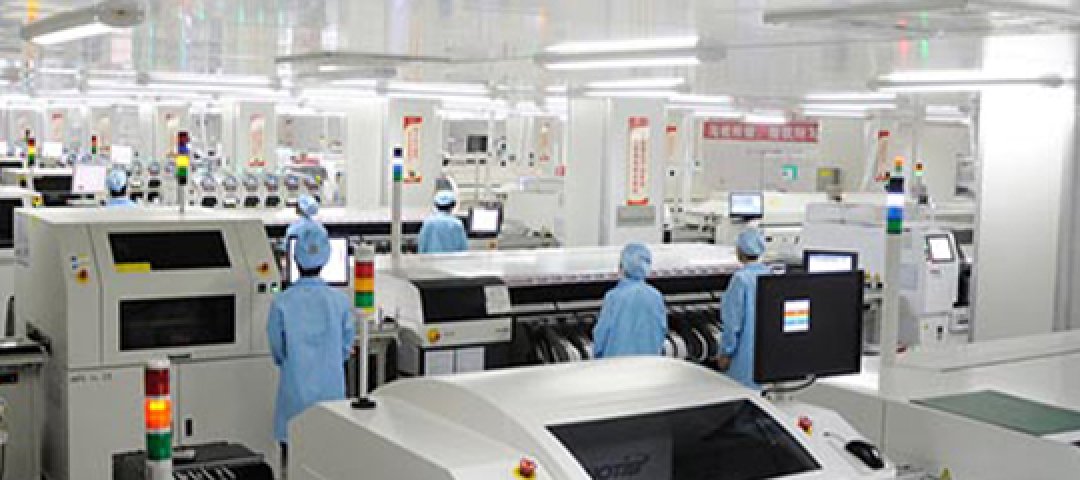The Hidden Lifespan Killer: How Solder Temperature Dictates Your PCBA's Fate
Ever wonder why some electronics seem to chug a

In the complex industry of electronic manufacturing, the PCBA (Printed Circuit Board Assembly) link is particularly critical, which is directly related to product quality, production costs and product launch speed. As a manufacturer, you must often struggle: should you choose a small batch trial production or go directly to mass production? Now let's talk about how to choose the most suitable production plan according to the actual situation.
Step 1: Evaluate the product life cycle
First, evaluate the product life cycle stage. Are you launching a product that is just starting out or a product that has a stable market? Small batch production is ideal for new products because it is more suitable for testing and can be adjusted flexibly at any time based on market feedback. Conversely, large batch production is more suitable for products that are in the mature stage, with stable sales and predictable demand.
Step 2: Analyze demand fluctuations
Consider the volatility of demand. If the demand for your product fluctuates greatly, small batch production can flexibly expand or reduce production without being burdened by excess inventory. For products with stable sales, large batch production is suitable because the cost of each product can be lowered and more cost-effective.
Step 3: Evaluate Inventory Management
Inventory management is a key factor. The advantage of small batch production is that the production is small, so there is less inventory and you don’t have to spend too much money on stocking, which can reduce the risk of product obsolescence. However, large batch production may require more money to stock because of the large production volume, but it can reduce unit costs and shorten production cycles.
Step 4: Consider the financial impact
Financial considerations are critical. Small batch production generally requires a higher initial investment due to its high set-up costs and lower economies of scale. Large batch production can spread fixed costs over more units, but it also ties up more inventory and leaves less working capital.
Step 5: Review the flexibility of the supply chain
The flexibility of the supply chain is another important aspect. Small-batch production usually requires a fast-response supply chain that can be flexible to cope with frequent changes and customization needs. The supply chain for large-scale production can be more fixed, more cost-effective, and suitable for long-term production.
Step 6: Determine lead time requirements
Lead time is the time from the start of a process to its completion. Small batch production has faster delivery and can provide a shorter lead time, so this is very beneficial for projects that are in a hurry or need to keep up with market changes. Large batch production may have a longer lead time due to the complexity of managing more goods.
Step 7: Weighing Quality Control and Consistency
Quality control and consistency play an important role in electronic product manufacturing. Small batch production allows for close monitoring of the production process to ensure high-quality output. Large batch production can maintain quality standards, but requires a more stringent quality inspection process to prevent a large number of defects from affecting the entire order. So the larger the volume, the stricter the quality control.
Step 8: Leverage technology and automation
Technology and automation will affect your decision. Small batch production and low output usually rely on more manual operations and semi-automatic equipment, which are flexible but have limited efficiency, while large batch production can make full use of automated production lines to improve efficiency and precision. Therefore, in normal production, the amount of output directly affects the production process.
Step 9: Consider customization needs
Customization needs will guide your decision. Small batch production is more conducive to customization because it has a small output and can flexibly change the design. Large batch production, with high output and low flexibility in design changes, is more suitable for standardized products with a low degree of customization.
Step 10: Evaluate supplier capabilities
Finally, evaluate the supplier's capabilities. Make sure the selected production method matches their production equipment and technology. Suppliers with flexible production settings can be long-term partners, whether they are producing small batches or large batches.
In summary, the choice of low-volume or high-volume PCBA production depends on a variety of factors, from product lifecycle and demand changes to financial impact and supplier capabilities. By carefully evaluating these aspects, you can choose the supply chain model that best meets your business goals and operational needs. But remember that the right choice can improve efficiency, reduce costs, and ultimately make product launches more successful.